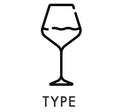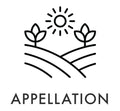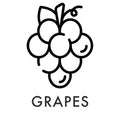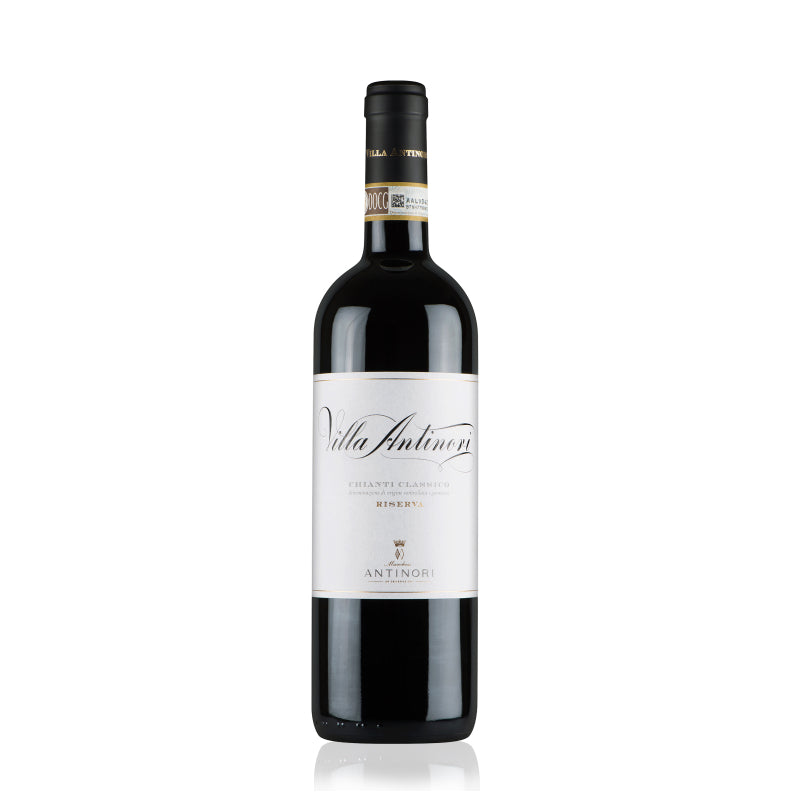Villa Antinori Chianti Classico Riserva DOCG 2016 750ml










Villa Antinori 2016 is a polished and structured Chianti Classico Riserva primarily made from Sangiovese with a touch of Merlot. It shows an intense ruby-red color, with aromas of ripe red fruits, wild cherries, dried wildflowers, and spicy notes of cinnamon, complemented by a subtle balsamic finish. On the palate, it is balanced, savory, and vibrant, with medium-to-full body, fine tannins, and a persistent, elegant finish. Ideal with meat or pasta dishes, this wine reflects the warm, dry 2016 vintage that allowed for full ripening and optimal balance of flavors.
The Wine Advocate | RP 92
Published: Sep 19, 2019
Drink: 2019-2025
The 2016 Chianti Classico Riserva Villa Antinori (made with Sangiovese and a tiny bit of Merlot to soften out the edges) is a linear and broad red wine that would pair with simple meat or pasta dishes. You get tons of fruit here with cherry, blackberry and a touch of soft baking spice woven in on the close. This pretty vintage is focused and sharp in character.
James Suckling | JS 92
Published: Apr 26, 2019
A firm and fresh Chianti Classico with wet earth and spice and hints of mushrooms. Full-to medium-bodied, structured and tannic, yet very polished and refined. Delicious and elegant. Drink now or hold.
Decanter | D 91
Published: Jan 16, 2020
Opulent sweet red fruits with lots of appealing toasty vanilla oak; concentrated and silky with a sappy, juicy texture.
Antinori.it
Villa Antinori Chianti Classico Riserva 2016 presents an intense ruby red as a color. The nose shows notes of ripe red fruit, wild cherries and sensations of dried wild flowers along with spicy aromas of cinnamon and a pleasurable balsamic finish. The palate is balanced, savory, and vibrant with a long and persistent aftertaste which brings back the wine’s ample spicy aromas and flavors.
Climate
After a generally dry autumn and winter with little rainfall, the spring of 2016 in Chianti Classico followed with fine weather conditions, favoring a bud break which was approximately ten days earlier than normal seasonal averages. Precipitation and cooler than usual temperatures marled the month of May and the first half of June, days which, nonetheless, did not influence critical phases of flowering and bud set. A warm and dry summer enabled the achievement of a high-level balance of grapes and vegetation and guaranteed a perfect ripening of the crop. The harvest period was a regular one with occasional moments of rain and long periods of sun and breezes, assisting an ideal period of ripening of all of the varieties which were planted. The picking was carried out during the second half of the month of September and terminated during the month of October.

